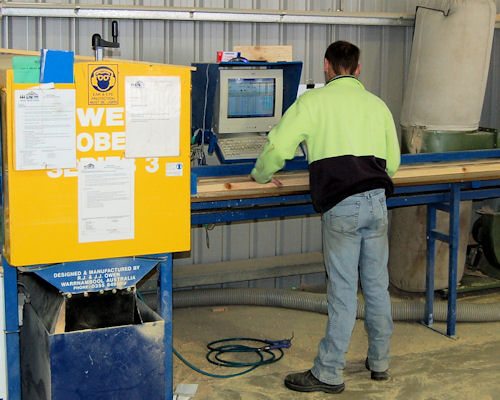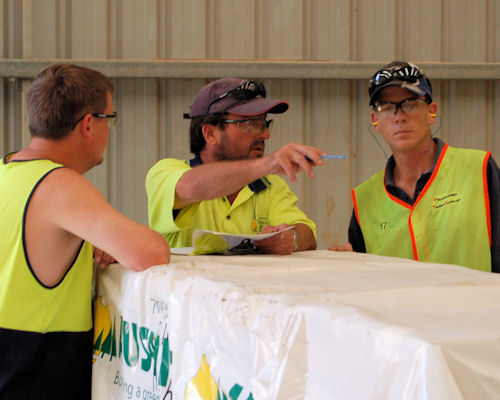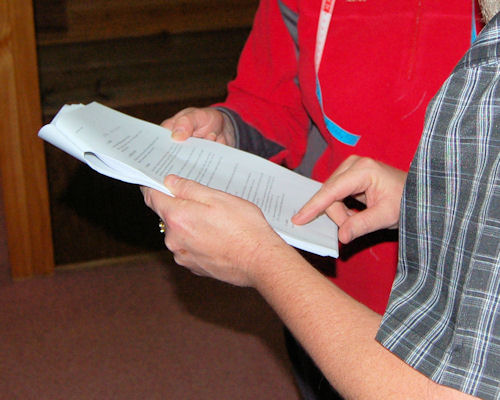Workplace procedures
Isolation procedure (from a Policies and Procedures Manual)
Safe Operating Procedure (posted up beside a machine in the workplace)
Job safety analysis (used by workers on-site)
Industry Network Training and Assessment Resourses
© 2016 Workspace Training






